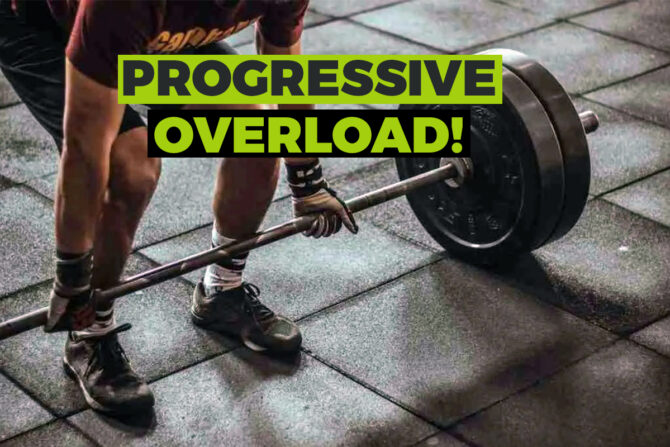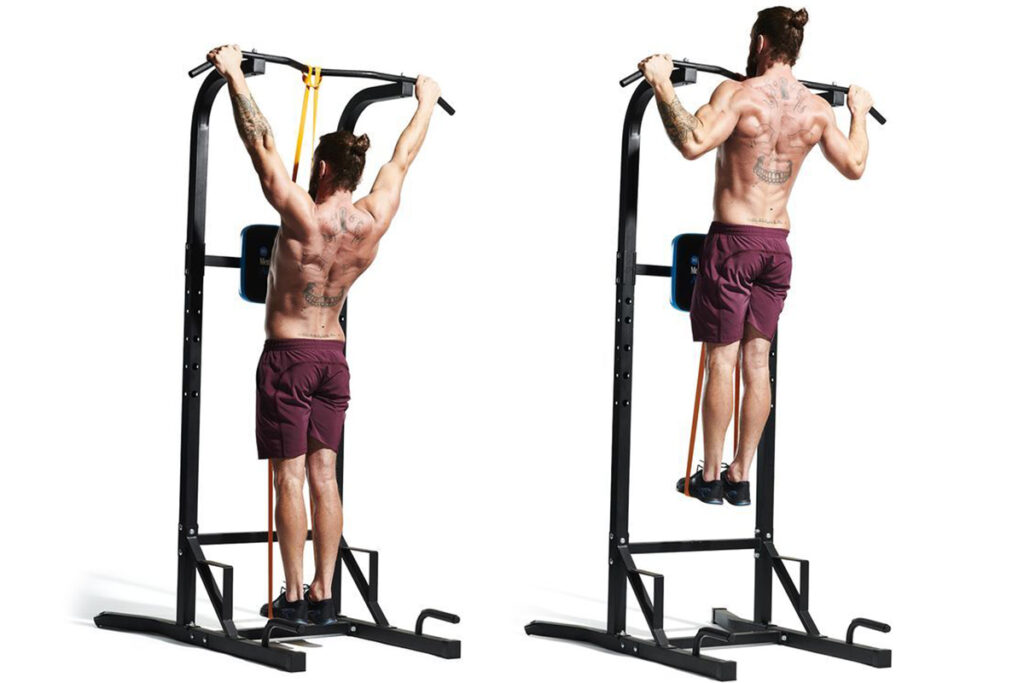
Progressive Overload for Beginners: Starting Your Fitness Journey
Starting a fitness journey can be thrilling and difficult, particularly for beginners. In the world of fitness, you may have heard the term “progressive overload” thrown around. But what does it really mean? How can it help you on your journey to a better lifestyle? We’ll explore the foundations of progressive overload in this extensive guide, analysing its importance, guiding principles, and useful applications designed especially for beginners. Whether your goal is to gain muscle, lose weight, or just feel better overall; knowing and using progressive overload will be essential to long-term sustainable improvement. This article describes progressive overload training, discussing its benefits as well as safe techniques for newbies.
What do you mean by Progressive Overloading?
Progressive overload refers to increasing the stress or demand placed on the body gradually over time. The demand can take many different forms, such as repetitions, load, resistance, distance, or duration, to consistently encourage gains in power, stamina, or other metrics. Although progressive overload can be used for practically any kind of exercise, it is most frequently linked to strength, resistance, and muscle-building exercises. By adjusting resistance and intensity, these methods facilitate gradual overloading. Although it can be used for endurance exercises like jogging, more inventive methods, like gradually increasing distance or speed could be needed. People who are new to progressive overload training should work with a certified personal trainer to make sure they are advancing safely and
with the correct form. A highly rapid increase may result in harm and injuries.
Why is it essential to gradually overload?
Gradually overloading is important as it enables the body to adjust and become stronger over time. Exercises that are progressively increased in intensity, length, or frequency put your cardiovascular system, muscles, and other physiological processes under pressure to adjust and get better. By allowing your body time to adapt to increased demands, this progressive development maximizes the benefits of your training and helps prevent injuries.
What Benefits Does Progressive Overloading Provide?
There are countless benefits to planning your workouts with progressive overload. Here are a few things to look for:

Physical Stability
To incorporate progressive overload into workout programming, physical stability is essential. Pushing the body beyond its existing capacity to promote adaptation and growth is the essence of progressive overload. Physical stability includes things like balance, joint stability, strength in the core, and using the right form when exercising. Progressive overloading at the expense of stability can impair movement patterns and raise the risk of injury, and impede the development of new skills. Therefore, in order to create a solid foundation and support the body’s capacity to withstand progressively higher loads and demands, it is essential to give stability exercises, correct technique, and gradual progression top priority.
Growth and Strength of Muscles
The development of growth and strength both benefit greatly from progressive overloading. People may help their muscle fibres adapt and become stronger over time by progressively increasing the demands made on their muscles through exercises like lifting heavier weights, doing more repetitions or increasing the frequency of their training. This process sets off bodily responses that include increased neuromuscular efficiency, which improves muscle recruitment and coordination, and excessive muscle growth, which results in larger muscle fibres. Therefore, progressive overloading promotes improvements in general functional capacity, muscle strength, and endurance, which enable ongoing gains in resilience and physical performance.

Raised Aerobic Limit
Progressive overloading is the key to improving at aerobic exercises like cycling or running. Your body will learn to use oxygen more effectively if you progressively increase the difficulty of your workouts over time, for example, by running a bit further or faster each week. Your heart and lungs become stronger as a result, and your endurance increases. You risk stalling out and not improving your aerobic fitness as much if you don’t progressively increase the difficulty of your workouts. Therefore, you can continue improving your endurance exercises by gradually challenging yourself to accomplish more each time.
Enhances Strength and Stamina
Gradual overloading is essential for building strength and endurance because it forces the body to adjust to ever-higher stress levels. According to this principle, exercise should be increased progressively in terms of frequency, duration, or intensity over time. Progressive Overloading is the process of gradually increasing the amount of muscle mass in the cardiovascular and muscular capability, and total performance. For instance, you can progressively extend your running time to 25 minutes, 30 minutes, and so on, if you can presently run continuously for 20 minutes. Your endurance and stamina will rise with this progressive boost in duration enabling you to run farther without feeling tired.
Lowers the Chance of Injury
Progressive overloading plays an important role in lowering the chances of injury. Through progressive overloading, muscles become stronger and more resilient over time. As a result, your body becomes more resilient and capable of withstanding any strain applied on it, reducing your risk of injury.
Health Benefits
Progressive overload resistance training routines have a wide range of positive effects on health. An increase in muscle mass, for instance, has been shown to lower the risk of diseases linked to muscular waste, including osteoporosis, cardiovascular disease, diabetes, and other illnesses that lead to mortality.
How to Implement Progressive Overload in a Program?
For the beginner, progressive overload is a training method that includes progressively increasing the volume, intensity, or frequency of your activities over time. To begin with, figure out a reasonable weight or resistance level that will enable you to complete each exercise with control and form. In later exercises, try to progressively increase the weight, repetitions, or sets as you get more used to the moves. As you regularly evaluate your progress and make appropriate adjustments to the schedule, make sure you are consistently pushing your muscles gradually. Add variation to your regimen by attempting new exercises or altering current ones to focus on various muscle groups. To help your muscles adapt and become stronger, never forget to give rest and recuperation first priority. Designing a programme that advances in difficulty will enable you to overcome workout levels and witness steady improvement in your strength, endurance, muscle growth, power output, or any other desired outcome. Let’s examine the methods that have the potential to progressively overload your training:

1. Increase Load
Increasing the amount of weight you lift is a simple way to apply the overload principle into practice. Overtraining and injuries may result quickly from this. Progressive overloading can be done in a number of ways without raising weights, even though increasing load is the most popular method.
2. . Increase Volume
There are three easy ways to raise the volume of training. You are able to raise the
quantity of:
- Repetitions for each set
- Sets for each exercise
- Weekly workouts
Particularly the latter one is frequently overlooked. Avoid the error of turning up the volume of all three kinds at once.
3. Increase the Difficulty
A workout can be made more difficult without having more weight or volume. As an
instance:
Extending the range of motion
Increasing the range of motion during an exercise can elevate its difficulty level. For instance, in a deadlift, one can perform a deficit variation by standing on a raised platform while keeping the bar on the ground. This extended range of motion increases the distance the bar travels. Consequently, more effort is required to complete the movement, effectively overloading the muscles involved.
Combine the attributes of endurance
To increase the difficulty of your workout, you might mix different external resistances instead of raising the weight. Consider the bicep curl as an example. The most challenging portion of an exercise with a dumbbell occurs in the middle, such as when your elbow is at a 90-degree angle. The hardest section of a resistance band is closest to the end when you use it. Without adding any weight, you can raise overload by combining these two resistance qualities.